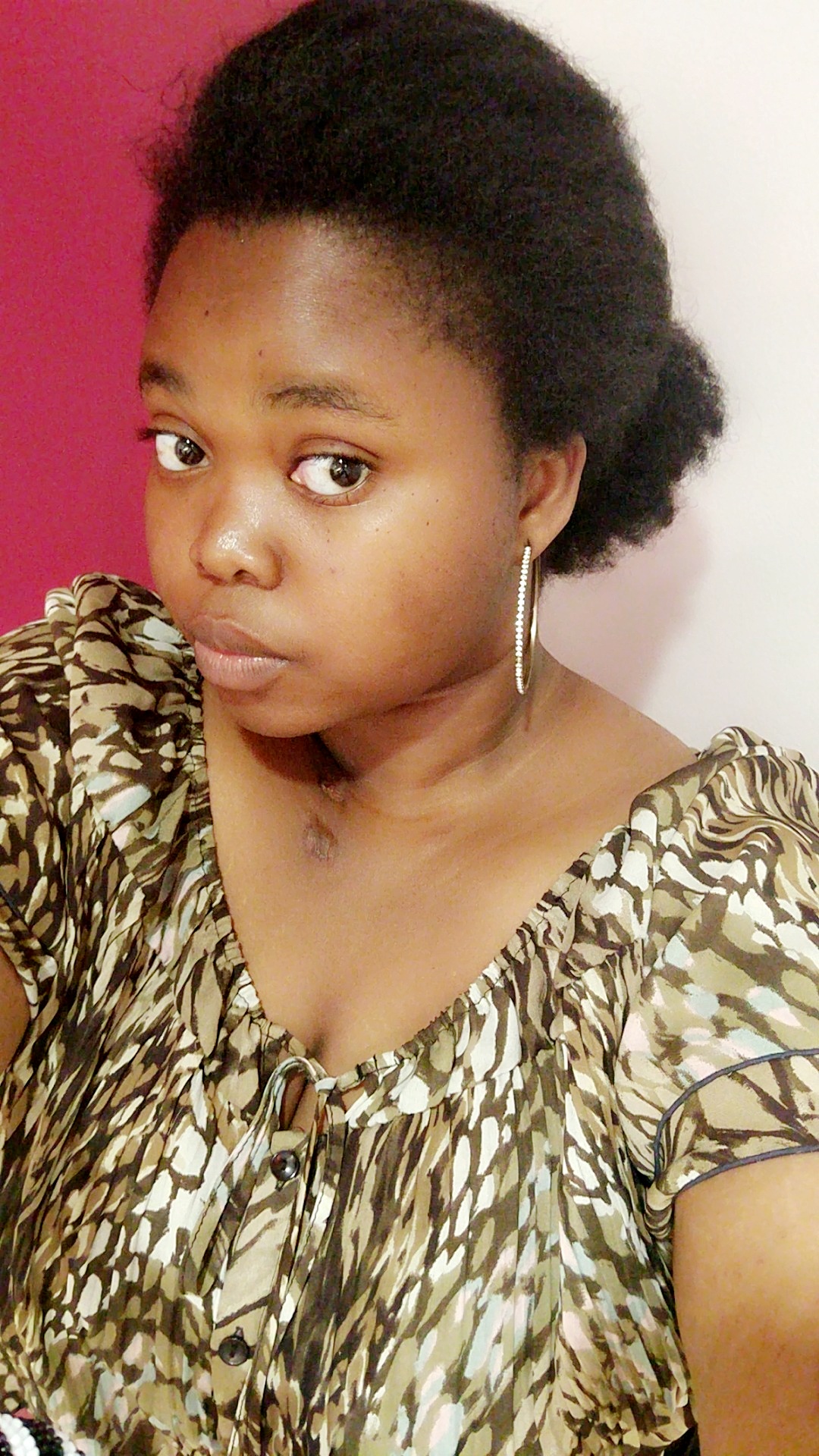Background
This project involves creating a tool that coordinates volunteers at the Lewisburg pantry. This tool would keep track of volunteer names, level, extent of interest, availability, expectations and training. This tool would also create schedules using these information in a way that prevents volunteer burnouts. It is important to build into this tool the ability to advertise the pantry , increase awareness and the number of volunteers.
Executive Summary
A good computational system to solve this problem is database storing all these information but connected to a website available to the volunteers and pantry operators. The volunteers enter their information, update their availability and the system is able to automatically create/update a schedule. The pantry operators also have access to this information. Some aspects of the training can also be moved to the website to increase the number of qualified number of volunteers. The website can also display information about the pantry that could draw interested volunteers and donations.
Viability Analysis
This project would require knowledge about website design. Since I’m familiar with many languages it would be easy to improve my JavaScript skills. Database skills are also required. After quickly acquiring/brushing up on these skills, solution to this problem can be easily implemented.
Risks and Rewards
Lewisburg is a small place. I envision that most of the volunteers would be older people and the risk we may run into is an inability of the older volunteers to interact with the designed system. We would have to pay for the domain and the database we would need. A successful implementation of this project would mean giving back to the community for a good cause using my skills.
Closing
Investing in an app as a solution to this problem is viable. It is an efficient, fairly uncomplicated way to solve this problem. The resources required to implement this would not cause any serious financial implications.
